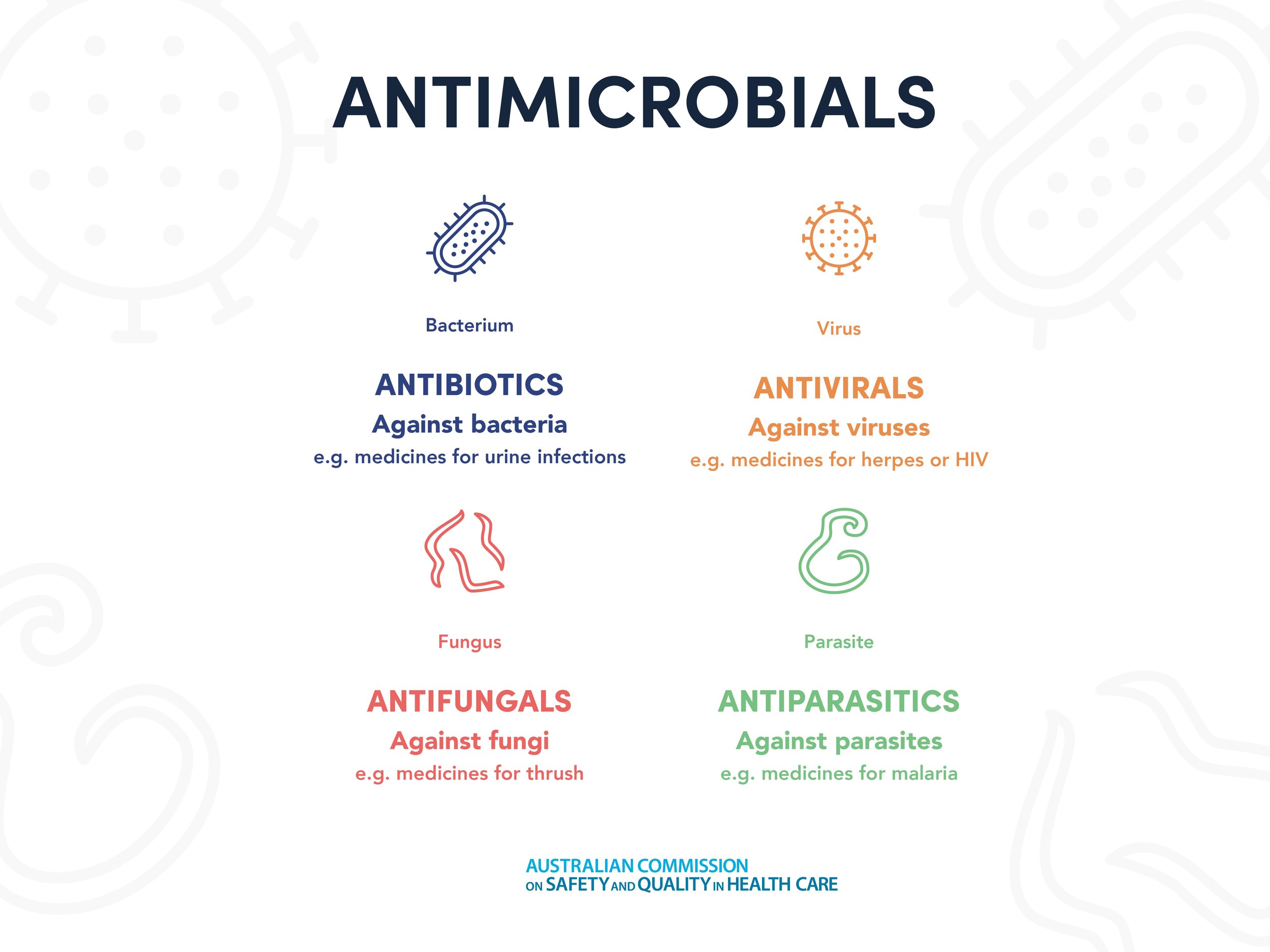World Antimicrobial Awareness Week 2022.
World Antimicrobial Awareness Week is marked on the 18th-24th of November each year.
The theme of this year's World Antimicrobial Awareness Week is "Preventing antimicrobial resistance together", emphasising the importance of different industries working together to prevent antimicrobial resistance.
The slogan emphasises the idea that the fight against Antimicrobial Resistance (AMR) is a global one, and the world must approach the issue through a One Health Approach. If too much resistance is developed, it will negatively affect all humans, as well as animals, plants and the environment.
The Problem
The World Health Organization (WHO) has described AMR as one of the greatest threats to human and animal health, food, and agriculture; they have also listed it as one of the top ten threats to global public health.[1]
WHO defines AMR as when "bacteria, viruses, fungi and parasites change over time and no longer respond to medicines making infections harder to treat and increasing the risk of disease spread, severe illness and death." 1 When bacteria, viruses, fungi and parasites no longer respond to medicines, they become known as Antimicrobial Resistant Organisms. Whilst antimicrobials can potentially treat infections, overuse or misuse of antimicrobials can contribute to the problem of antimicrobial resistance.
Antimicrobials are critical lifesaving medications, but only if they work against the organism causing infection.[2] Antimicrobial resistance is already affecting the care of patients, and current trends indicate that AMR will have an increasing impact over time.
Australia's Response
The Australian Quality and Safety Commission in Healthcare has called on the Australian community to remember the following:
· Antimicrobials are a precious resource, but their usefulness could be lost without appropriate use
· Antimicrobial resistance is happening now – it is a worldwide problem that affects human and animal health.
· Antibiotic resistance happens when bacteria stop an antibiotic from working effectively – meaning some infections may become impossible to treat.
· Misuse of antimicrobials contributes to antimicrobial resistance.
· Whenever antimicrobials must be used, they must be used with care.
Preventing Antimicrobial Resistant Organisms
Our most significant protection against Antimicrobial Resistant Organisms is to kill them before they enter the body. This can be done through the combination of four critical practices.
1. The use of high-quality efficacious infection prevention products such as surface wipes with short contact times and hand sanitisers with low dosage rates.
2. The proper use of infection prevention products, ensuring products are used in line with the manufacturer's guidelines, this could include pre-cleaning surfaces with a detergent before using disinfection, or washing hands.
3. Broad-ranging environmental cleaning practices including cleaning of care facilities equipment, high-touch surfaces and floors, and even the air within an environment.
4. The introduction of national level regulation designed to protect patients and care workers by standardising key aspects of the infection prevention ecosystem.
References:
1. World Health Organisation. Antimicrobial Resistance [Internet]. World Health Organisation (WHO). 2021. Available from: https://www.who.int/news-room/fact-sheets/detail/antimicrobial-resistance
2. Australian Commission on Safety and Quality in Health Care. Antimicrobial Awareness Week [Internet]. Australian Commission on Safety and Quality in Healthcare (ACSQHC). 2022. Available from: https://www.safetyandquality.gov.au/our-work/antimicrobial-stewardship/antimicrobial-awareness-week
3. UN Environment Program. World Antimicrobial Awareness Week 2022 [Internet]. UN Environment Programme (UNEP). 2022. Available from: https://www.unep.org/events/unep-event/world-antimicrobial-awareness-week-2022#:~:text=The%20slogan%20of%20World%20Antimicrobial
Image:
Reproduced with permission from the What are antimicrobials- Graphic, developed by the Australian Commission on Safety and Quality in Health Care (ACSQHC). ACSQHC: Sydney 2021
[1] World Health Organisation. 2021. “Antimicrobial Resistance.” Who.int. World Health Organization: WHO. November 17, 2021. https://www.who.int/news-room/fact-sheets/detail/antimicrobial-resistance.
[2] “Antimicrobial Awareness Week | Australian Commission on Safety and Quality in Health Care.” 2022. Safetyandquality.gov.au. 2022. https://www.safetyandquality.gov.au/our-work/antimicrobial-stewardship/antimicrobial-awareness-week.

